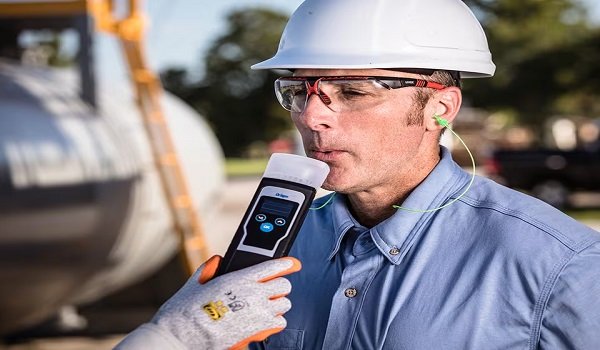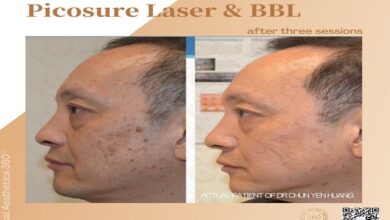
- What are the 5 types of drug test?
- What are the different methods of drug testing?
- What are the methods for testing for alcohol?
- What are the most common types of drug tests?
Drug and alcohol testing is a crucial aspect of maintaining safety and ensuring compliance in various settings, including workplaces, schools, sports organizations, and law enforcement agencies. These tests help identify individuals who may be under the influence of drugs or alcohol, enabling appropriate interventions and reducing potential risks. In this article, we will explore five common methods used to test for drugs and alcohol, shedding light on their principles, advantages, and limitations.
Urine Testing:
Urine testing is one of the most frequently used methods for drug and alcohol screening. It involves collecting a sample of an individual’s urine and analyzing it to detect the presence of substances such as illicit drugs or alcohol metabolites. Urine tests are highly reliable and can detect a wide range of substances, making them versatile for various testing purposes.
Advantages: Urine testing is non-invasive, cost-effective, and can provide a detection window of several days to a few weeks, depending on the substance. It is also relatively easy to collect and transport urine samples for laboratory analysis.
Limitations: Although urine testing is widely utilized, it has some limitations. The detection window varies for different drugs, and certain substances may not be detectable in urine after a certain period. Additionally, urine samples can be susceptible to tampering or substitution, requiring strict sample collection protocols and chain of custody procedures to ensure accuracy.
Blood Testing:
Blood testing involves the analysis of a blood sample to determine the presence and concentration of drugs or alcohol in an individual’s system. Blood tests are often conducted in situations requiring immediate or recent detection, such as post-accident investigations or suspected impairment cases.
Advantages: Blood tests provide accurate results and can determine the current level of intoxication. They are particularly effective for detecting substances such as alcohol, sedatives, opioids, or stimulants that rapidly metabolize in the body.
Limitations: Blood tests are invasive and require trained medical professionals for sample collection. The detection window for most drugs is relatively short compared to urine or hair testing, usually ranging from a few hours to a few days. Additionally, blood samples require careful handling and preservation to maintain integrity, and the costs associated with blood testing are generally higher than other methods.
Breath Testing:
Breath testing, commonly known as breathalyzer testing, is primarily used to measure an individual’s blood alcohol concentration (BAC). It works on the principle that alcohol in the bloodstream is expelled through the breath in predictable proportions.
Advantages: Breath tests provide immediate results and are non-invasive, making them convenient for on-site testing, such as roadside sobriety checks. They are also relatively cost-effective and can indicate recent alcohol consumption accurately.
Limitations: Breath testing is specific to alcohol and cannot detect the presence of other drugs. While breathalyzers are highly reliable when calibrated and operated correctly, certain factors like mouth alcohol or interfering substances can potentially affect the accuracy of results. Confirmatory testing through blood or urine analysis is often required for legal or evidential purposes.
Saliva Testing:
Saliva testing, also known as oral fluid testing, involves collecting a sample of an individual’s saliva and analyzing it for the presence of drugs or alcohol. Saliva tests are gaining popularity due to their ease of use and ability to detect recent substance use.
Advantages: Saliva testing is non-invasive, simple to administer, and provides immediate results. It can detect the presence of various drugs, including marijuana, cocaine, amphetamines, and opiates, within a relatively short detection window. Saliva tests are often used in workplace settings or during roadside drug testing.
Limitations: The detection window for saliva tests is typically shorter compared to urine or hair testing, ranging from a few hours to a couple of days.
Hair Testing:
Hair testing involves analyzing a small sample of an individual’s hair to detect the presence of drugs or alcohol metabolites. This method provides a historical record of substance use, as substances are incorporated into the hair shaft as it grows.
Advantages: Hair testing offers an extended detection window compared to other methods, often covering a period of several months. It can provide valuable information about a person’s long-term drug or alcohol use patterns. Hair testing is particularly useful in situations where a comprehensive history of substance abuse is required, such as forensic investigations or monitoring chronic drug use.
Limitations: While hair testing provides a longer detection window, it is unable to detect recent substance use accurately. It takes approximately 5-10 days for drugs or alcohol to become detectable in hair after ingestion. Additionally, hair testing is unable to distinguish between external contamination and actual drug use, although rigorous washing protocols are implemented to minimize this risk.
Conclusion:
Drug and alcohol testing plays a vital role in ensuring safety, promoting compliance, and addressing substance abuse issues in various domains of society. The five common methods discussed in this article – urine testing, blood testing, breath testing, saliva testing, and hair testing – offer different advantages and limitations, making them suitable for different testing scenarios.
Urine testing is widely used due to its reliability, versatility, and cost-effectiveness. Blood testing provides accurate and immediate results, making it valuable for assessing recent intoxication. Breath testing is convenient for on-site testing, specifically for alcohol detection. Saliva testing is non-invasive, offers a short detection window, and is gaining popularity in workplace and roadside drug testing. Lastly, hair testing provides a historical record of substance use, offering insights into long-term patterns.
It is important to consider the specific requirements and objectives of drug and alcohol testing when selecting the appropriate method. Factors such as the substances to be detected, the desired detection window, the immediacy of results, and the available resources should all be taken into account. Additionally, adherence to proper protocols and quality assurance measures is essential to ensure accurate and reliable testing outcomes.
By utilizing these testing methods appropriately, individuals, organizations, and authorities can contribute to creating safer environments and fostering a culture of accountability and responsibility regarding drug and alcohol use.




